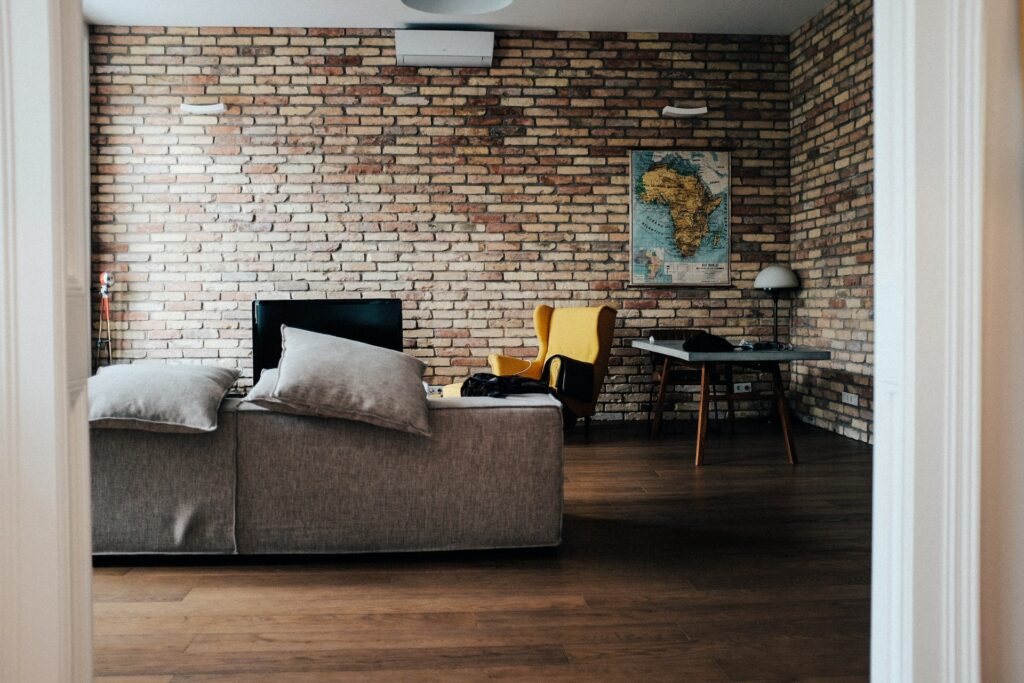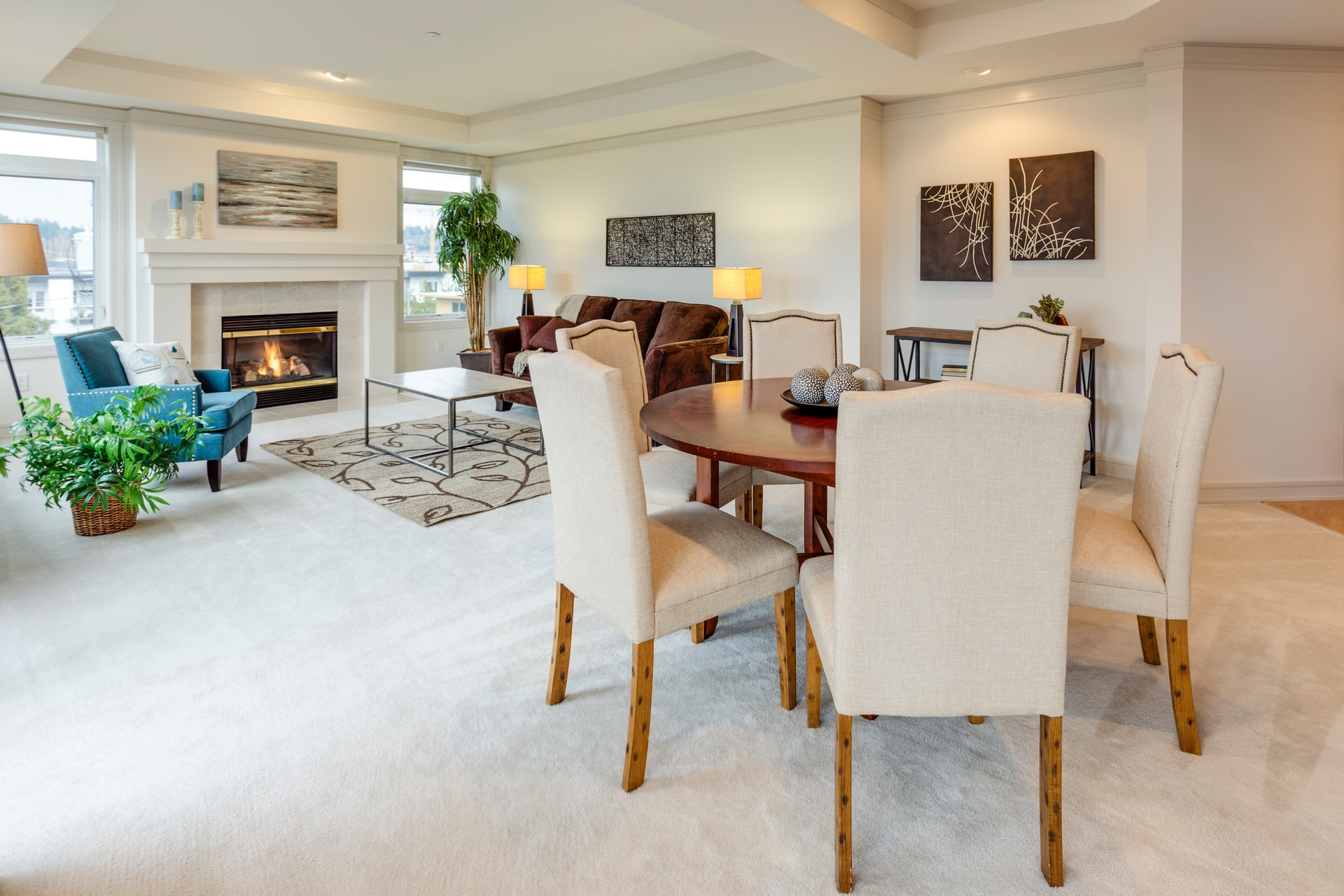
We are reader-supported. When you buy through links on our site, we may earn an affiliate commission.
It’s time to remodel your home, but you’re after a specific style that’s a cross between traditional and modern. You want antique furniture paired with contemporary side tables. This interior design trend, known as transitional style, merges two opposite concepts. The result? A beautiful newfound take on an old classic.
Here are a few ways to accomplish transitional style interior design correctly.
1. Take a Simple Approach
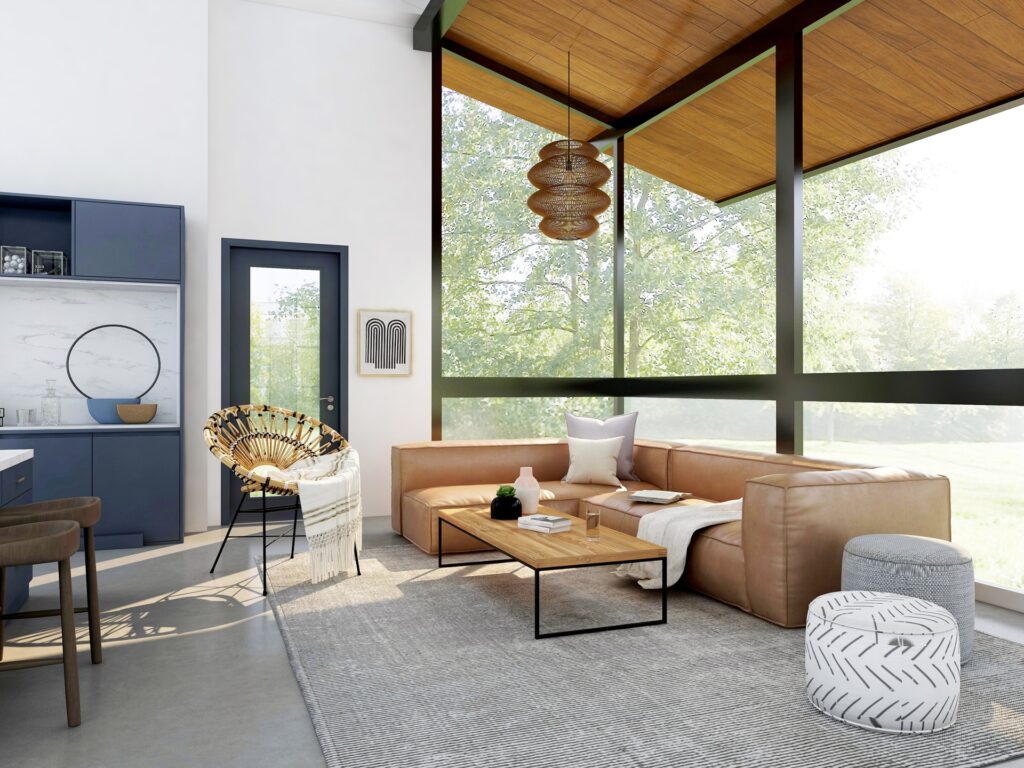
On the surface, transitional style can seem a bit unique or eclectic. After all, rustic couches and chairs don’t always work alongside marble coffee tables. If you want to achieve a happy medium, it’s all about a clean and straightforward technique. Most homes with transitional components rely on classic centerpieces as focal points. Then, they incorporate small modern touches throughout the space.
Do your best to avoid an area that overwhelms the eye. This transformation may take a few tries overall, but a basic approach helps.
2. Prioritize All Decor Thoughtfully
It’s essential to accessorize thoughtfully. It’s easy to make a room feel cluttered and unorganized if you add too much decor. This rule reigns even more true when you want to merge two styles into one. Choose a few straightforward elements that tie the area together. This way, you can combine each aesthetic seamlessly.
Keep plants, books and trinkets at a minimum. If you want to add a rug, make sure the pattern isn’t too much – and apply the same idea to throw pillows and blankets. When it’s time to incorporate art, do your best to find prints that work anywhere. You can frame them with specific materials, too.
3. Layer Many Different Textures
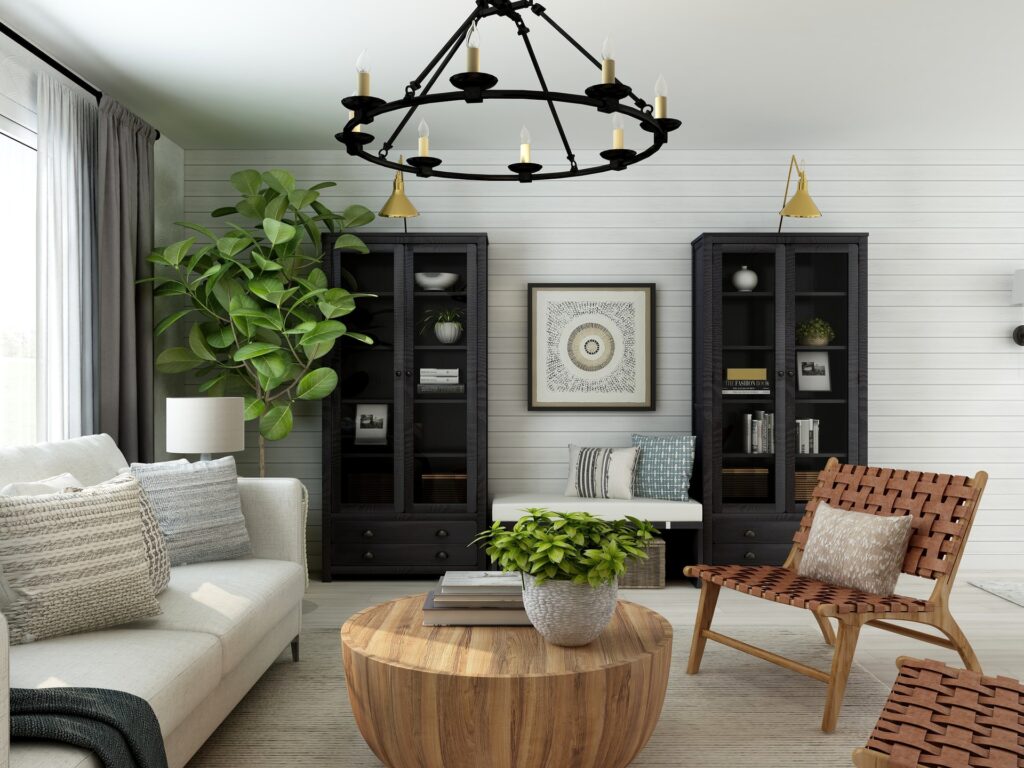
These days, texture can be as important as any other interior design tactic. Without a combination of fabrics and materials, your house may look overly bland or indifferentiable. If you want to take on an individualistic style such as transitional, it’s up to you to make it your own. Therefore, choose several different textures that complement the space and your tastes.
Remember that traditional characteristics often reference formality, so a suede or corduroy material would be a terrific pick. You could add touches of glass or metal for that contemporary feel. A blended transitional style should feel balanced and blended.
4. Choose Neutral Paint Colors
With this interior design aesthetic, neutral colors matter more than ever. You shouldn’t walk into a room and feel stunned by its paint tone – especially when you’ve chosen a unique style. Each space should use whites, grays and tans to serve as a base for the furniture and decor. If you want to add bolder shades, like blues or greens, be sure to treat them as accents.
These colors won’t ever become unpopular, so you’ll always have that timeless look that works well with transitional style interior design. You can let your physical pieces add a vibrancy of their own.
5. Seek a Restful Ambiance
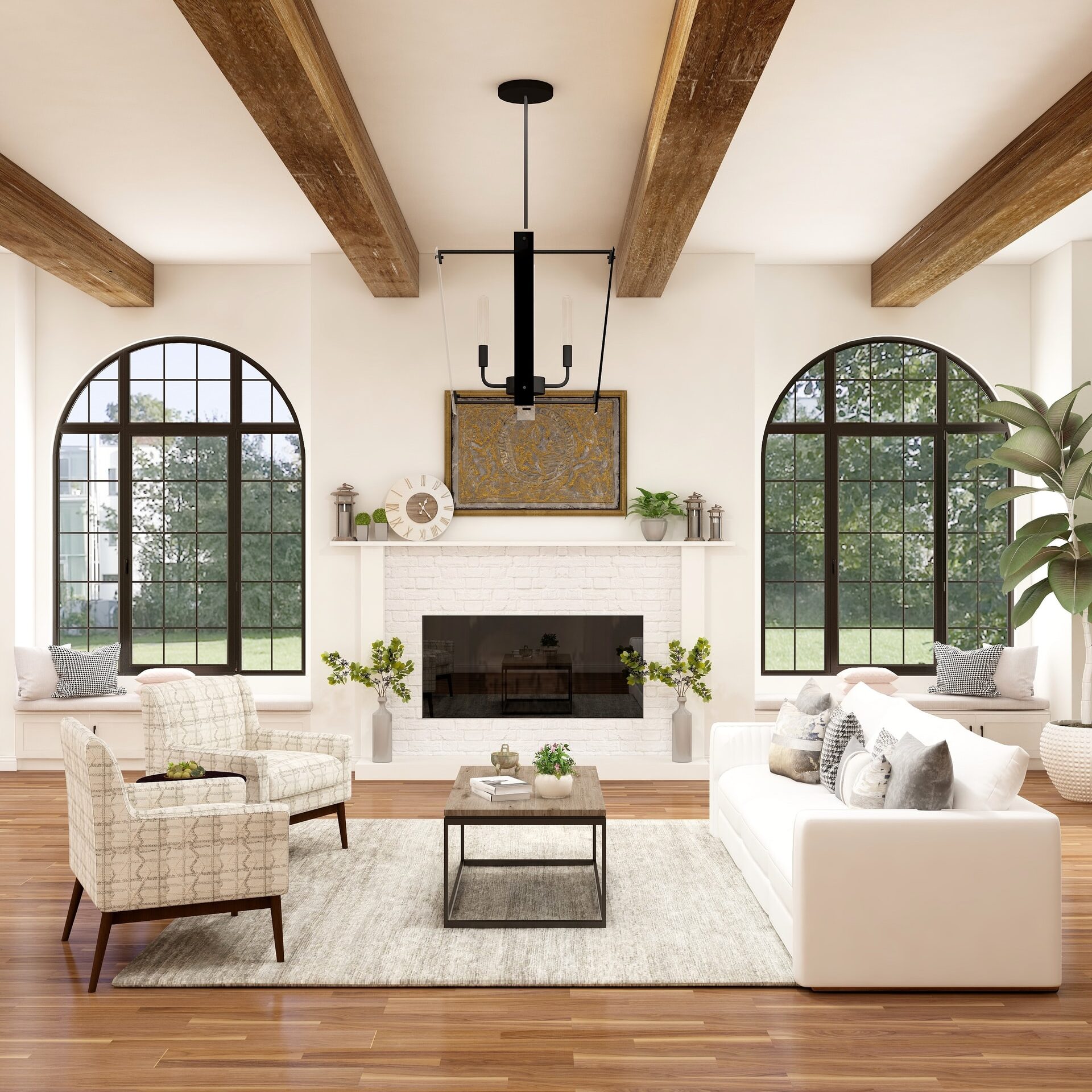
Transitional style lends itself to a peaceful ambiance where you can find respite. Every detail works collectively to create an area where you’ll want to relax. That’s why it’s so essential to choose colors, fabrics and textures that weave together, but don’t overwhelm. If you end up with a space that feels like it’s too much, you’ll want to take a step back.
Throughout this process, keep the mindset that you’re after a restful environment. You don’t have to sacrifice comfort for appearance. At its best, transitional style combines the most attractive parts of each design to develop your dream space.
6. Don’t Overload With Furniture
At every point of this remodel, you should prioritize a clean and open space. Don’t overload each room with antique pieces, no matter how gorgeous or historical they look. Most people who opt for transitional style choose large, plush couches and chairs that offer a comfortable feel. You and your family need a space to gather and relax, so think about an object’s function as much as its form.
Select one or two pieces and build around them alone. You can group furniture so that it doesn’t seem too isolated. Additionally, a bold fabric should be toned down by calmer elements.
Try These Suggestions for a Unified Aesthetic
When it comes to transitional style interior design, it’s all about harmony. Use these tips to accomplish a beautiful space that incorporates both traditional and modern concepts.



